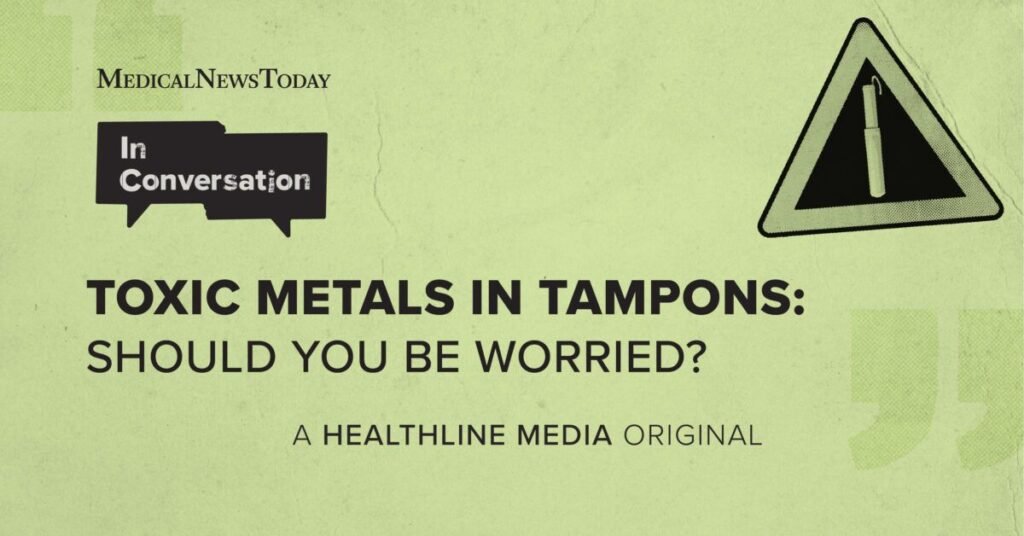A recent study found traces of heavy metals, including arsenic, cadmium, and lead, in 14 tampon brands available in the U.S. and the U.K. These findings have raised concerns about the safety of menstrual products and the potential health risks associated with heavy metal contamination. With the average person who menstruates using over 11,000 pads in their lifetime, and estimates suggesting even more use of tampons and pads, the regular exposure to these products and their potential contaminants is a growing concern. The sensitivity of the vaginal area and its ability to absorb foreign substances easily make these findings even more worrisome.
The presence of heavy metals in tampons raises questions about how they end up in these products and whether regular exposure could have long-term effects on reproductive health. Anna Pollack, PhD, MPH, a professor of Global and Community Health at George Mason University College of Public Health and co-author of a systematic review on chemical exposures in menstrual products, addresses these concerns in a podcast episode for Medical News Today. Pollack’s research focuses on the relationship between environmental chemical exposures and fertility, pregnancy, and gynecologic health, providing valuable insights into the potential risks associated with heavy metal contamination in menstrual products.
The exposure to heavy metals like arsenic, cadmium, and lead through tampons is a significant public health concern, as these metals are known to be toxic to human health. The absorption of these metals through the vaginal mucosa raises questions about their potential effects on reproductive health over time. These findings have fueled anxiety among people who use menstrual products regularly and are now questioning the safety of these commonly used items. With the rise of organic tampons as a perceived safer alternative, there is a growing need to determine whether these products are indeed free from harmful chemical exposure.
Pollack’s research and expertise shed light on the potential risks associated with heavy metal contamination in menstrual products and the long-term effects it may have on reproductive health. By dissecting the findings of the study on heavy metal traces in tampons, Pollack and other researchers aim to provide valuable insights into the safety and risks associated with these products. With the growing concerns over chemical exposure in everyday products, including menstrual items, it is crucial to understand the potential health implications and take steps to address these concerns.
The podcast episode explores questions surrounding heavy metal contamination in tampons, the implications for reproductive health, and the safety of organic tampons as an alternative. By delving into the research on chemical exposures in menstrual products and the potential risks associated with heavy metal contamination, Pollack and the hosts of the podcast aim to provide a comprehensive understanding of this important issue. As people continue to use tampons and pads regularly, the need to address the concerns raised by these findings becomes increasingly urgent, emphasizing the importance of further research and public awareness on the topic.
In conclusion, the presence of heavy metals in tampons raises significant concerns about the safety and potential health risks associated with using these products. By exploring the research findings on heavy metal contamination in menstrual items and considering the implications for reproductive health, Pollack and other experts aim to provide valuable insights into this important public health issue. With the continued use of tampons and pads by people who menstruate, it is essential to address the concerns raised by these findings and take steps to ensure the safety of these commonly used products.

